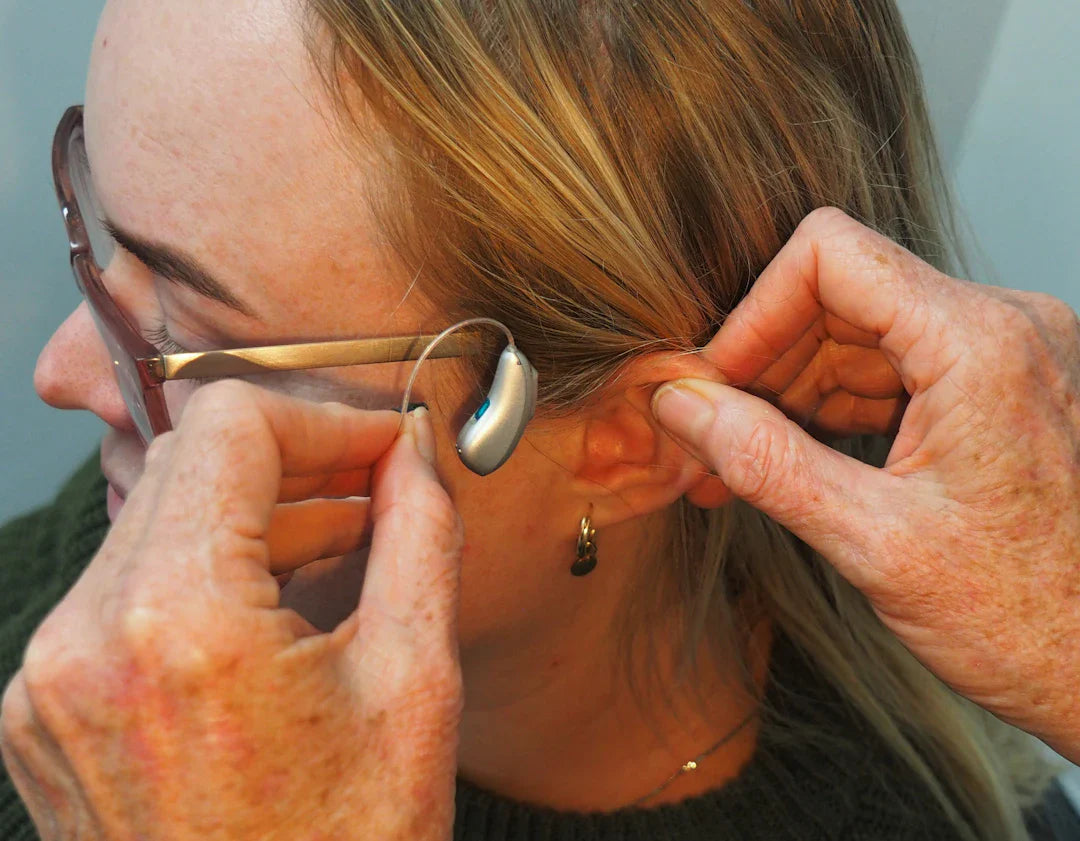Creating a sound-friendly home environment is essential for individuals experiencing hearing loss or those who simply want to enhance their auditory experience. By making small adjustments to your surroundings, you can significantly improve your hearing capabilities. In this guide, we will explore how you can optimise your home environment to support better hearing, incorporating tips related to audiology, earwax removal, and hearing care, all while ensuring you remain informed about the best hearing aids in the UK.
The Importance of Hearing-Friendly Spaces
Many people are unaware of the impact their living environment can have on their hearing abilities. Acoustic design plays a vital role in how sound is perceived, especially for those with hearing aids or those struggling with hearing loss. Understanding the critical elements of sound in your home can significantly influence your overall quality of life.
Assessing Your Acoustic Environment
Before implementing changes, it's essential to assess your current acoustic environment. Here are a few steps you can take:
- Listen intently: Pay attention to how sound travels in each room. Notice any areas where sounds seem muffled or distorted.
- Identify noisy appliances: Take note of any background noise produced by household appliances, as this can be distracting for those using hearing aids.
- Consider your furniture: The materials and arrangement of your furniture can either absorb or reflect sound.
Creating an Optimised Acoustic Space
Sound Absorption Strategies
Sound-absorbing materials can help to minimise echoes and background noise, making conversations clearer. Here are some effective ways to incorporate sound absorption into your home:
- Soft Furnishings: Use carpets, rugs, curtains, and upholstered furniture to absorb sound waves more effectively.
- Acoustic Panels: Consider installing acoustic panels on walls to reduce echoes and improve sound clarity.
- Bookshelves and Plants: Strategically placed bookshelves filled with books or potted plants can act as natural sound absorbers.
Reducing Background Noise
Background noise can be a significant barrier to effective communication, especially for those with hearing loss. Here are a few tips to reduce unwanted noise in your home:
- Choose Quiet Appliances: When purchasing new appliances, opt for designs known for their quiet operation.
- Setup Design: Arrange rooms to create quieter spaces, keeping noisy areas like the kitchen separate from meditation or study spaces.
- Seal Windows and Doors: Use weather stripping or door sweeps to keep external noise at bay.
Optimising Your Living Areas for Better Communication
Your living area should facilitate communication, especially if you share a home with individuals who have hearing loss. Implement these strategies to enhance communication:
Strategic Furniture Placement
By arranging your furniture, you can create better sightlines and sound paths:
- Group Seating: Arrange furniture to form a circle or semicircle that promotes face-to-face conversations.
- Avoid Clutter: Keep walkways clear to enable easy movement and reduce distractions during conversations.
Lighting and Visual Cues
Good lighting is vital for reading body language and lip movements, which can aid in understanding. Consider the following:
- Maximise Natural Light: Use windows to bring in as much natural light as possible.
- Install Dimmable Lights: Adjustable lighting can create comfort for different activities while making it easier to see during conversations.
The Role of Technology in Enhancing Hearing
The emergence of technology has brought about advancements that can significantly help individuals with hearing loss. The best hearing aids in the UK today come equipped with features designed for dynamic environments.
Utilising Smart Devices
Smart devices can help amplify sound while filtering out background noise, improving the listening experience:
- Smart Speakers: Many new speakers offer connectivity options that can work seamlessly with hearing aids.
- Hearing Assistive Technology: Consider exploring the variety of assistive devices designed to enhance sound directly from televisions or phones.
Regular Maintenance and Ear Health
Effective hearing care begins with regular maintenance of your hearing aids and ensuring that your ear health is prioritised. Earwax removal is a crucial aspect of maintaining optimal hearing. Regular cleaning and scheduled check-ups with an audiologist can prevent buildup that hinders sound quality.
Additionally, if you're experiencing discomfort or changes in your hearing, it's wise to consult an audiologist for professional advice and treatment. They can help you craft a personalised hearing care plan suitable for your specific needs.
Your Path to an Audio-Friendly Home
Transforming your home into an acoustic haven requires time and patience, but the rewards are undeniable. Open, conversational spaces, alongside a few sound-absorbing elements, can make a world of difference for you and your loved ones.
Adopting these adjustments can allow you to experience the richness of sounds without the distractions of background noise. In a world where communication is key, ensuring you have the best tools and environment will support your hearing journey.
Wrapping It All Up: Your Sound Journey Awaits
Transforming your home isn't just about aesthetics; it's about creating a space that encourages clear communication and enriches your auditory experiences. By implementing these strategies, you’re taking essential steps towards better hearing. Embrace this journey, prioritise your hearing care, and remember that a few minor adjustments can lead to significant improvements in your everyday life. Take control of your acoustic environment, enhance your conversations and reclaim the joy of sound in your home.




